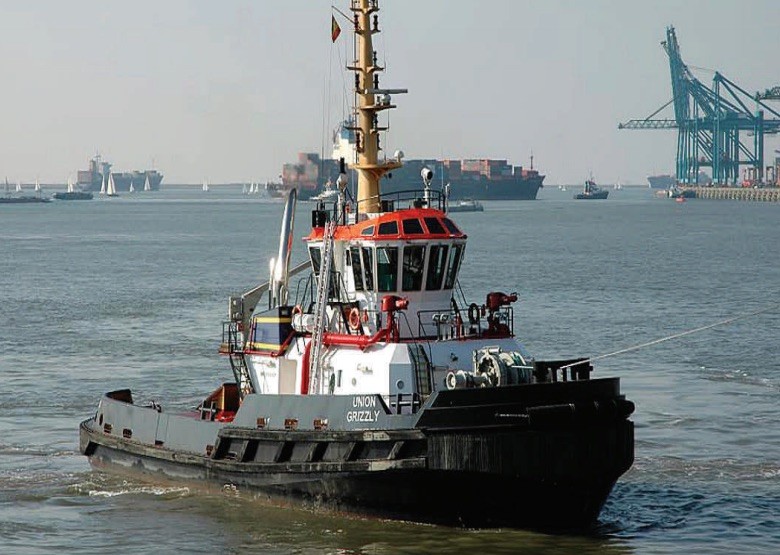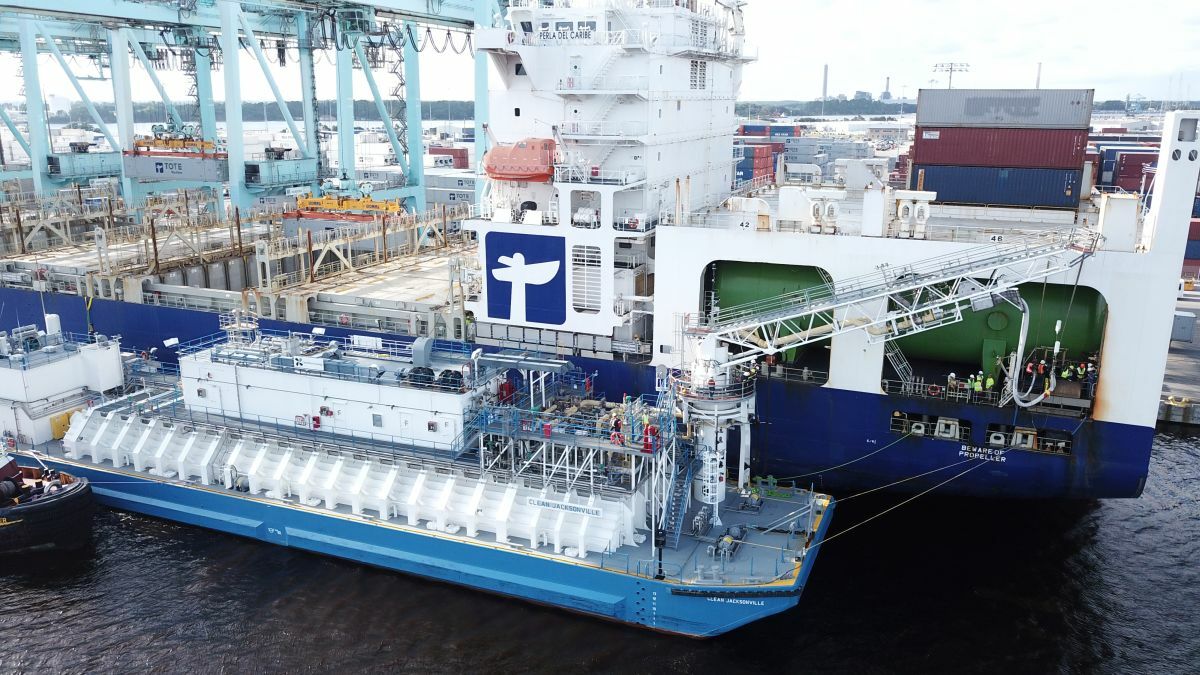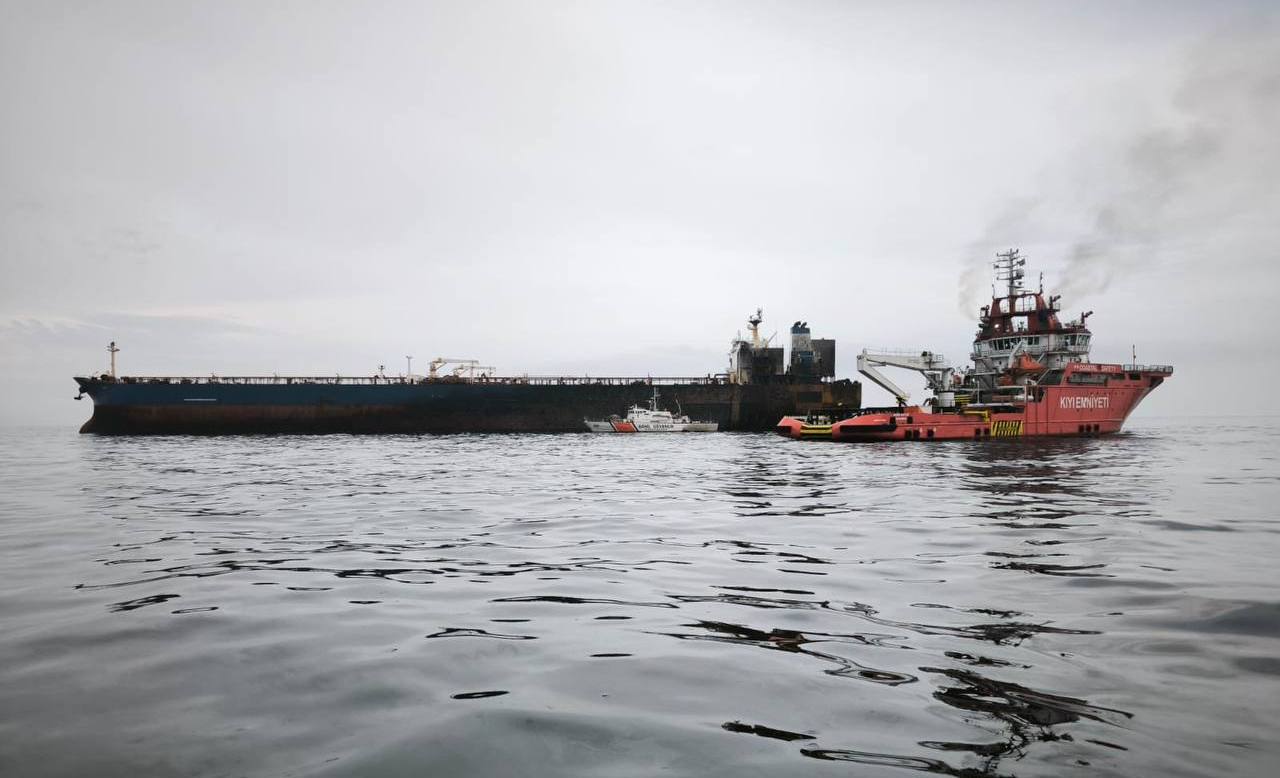Photo: U.S. Coast Guard
By William Mahoney, Director, Safety Management Systems, LLC
After 10 years in the making it appears a Subchapter M final rule on the inspection, standards, and safety management systems of towing vessels will be published by the U.S. Coast Guard in a matter of months. While there may be uncertainty, there’s no reason to fear this development and what it means for the towing industry. Here’s what we know so far:
The Notice of Proposed Rulemaking (NPRM) is extensive in all its parts and pieces, but there’s a lot of alignment with what most of the industry has been doing by way of the Responsible Carrier Program (RCP). Where there are substantial disconnects (e.g., machinery and electrical installation standards) the industry has spoken and the American Waterways Operators (AWO) has framed most of its supporting arguments in terms of casualty history and risk in a letter to the U.S. Department of Transportation:
“AWO’s comments on the NPRM reflect our strong support for the recommendations made by TSAC…including the committee’s October 20, 2011 recommendations on the NPRM. TSAC’s recommendations to the Coast Guard throughout the regulatory development process have been based on two guiding principles: the value of safety management systems and the need for a risk-based approach that targets new regulatory requirements based on casualty history and risk. AWO’s comments on the NPRM reflect our full support for these guiding principles, and, like TSAC, we find that our most significant concerns with the proposed rule involve areas where we believe the Coast Guard has lost sight of these fundamental principles.” -AWO letter to U.S. Department of Transportation, “Inspection of Towing Vessels,” December 9, 2011
In discussions between our firm and Coast Guard personnel at various levels of involvement with the rulemaking, we have reason to believe that the overwhelming majority of industry comments have been taken to heart. Of course nobody within the Coast Guard is in a position to provide specific details regarding the final rule, but what’s been delivered to DHS and OMB for final approval should be consistent with the pulse of the industry as taken by AWO. In addition, AWO very recently received preliminary Coast Guard acceptance of the RCP as a Towing Safety Management System (TSMS). With the publication of a final rule, the Coast Guard will coordinate with AWO “to identify any additional changes to the RCP that are needed to formally accept the RCP as a TSMS under Subchapter M.”
While our firm has been an active participant in revising the RCP to align with Subchapter M TSMS requirements, we agree with a statement from a Coast Guard official that vessel operators will have to develop the “doctrine and policy, as well as the tactics, techniques, and procedures (TTP)” to implement all of the elements of Subchapter M.
In other words, the RCP will be acceptable as a framework to support compliance, but operators will need to provide the leadership, resources and procedures to achieve it. Details matter and need to be pertinent to the actual operator and sustainable over time.
Meantime, the Coast Guard is developing several potential NVICs that it intends to release in conjunction with the final rule. There’s much to explain within Subchapter M to align expectations between operators, third-party auditors, and the Coast Guard. As much as possible, the Coast Guard intends to incorporate a wealth of related industry guidance as already developed by the Towing Safety Advisory Committee (TSAC) and AWO to address relevant topics within Subchapter M. The Coast Guard recognizes that the industry has taken a leading and active role to address numerous concerns of shared interest. This institutional effort spans many years and has produced reasoned guidance that will be taken into account.
AWO will also be putting forth an information campaign this summer and into the fall to introduce its membership to changes to the RCP necessary to align it with TSMS requirements. AWO carrier members will be informed of the changes well in advance of their official publication.
The best course of action for operators to take in the near-term includes:
Getting well acquainted with the NPRM to build in-house knowledge.
It’s a lengthy read but a necessary one to gain an understanding of what the regulation involves including compliance options and requirements pertaining to operations, hardware (i.e., vessel systems and equipment), software (i.e., management system and process), vessel surveys, certification audits, and Coast Guard inspections.
Choosing a compliance option.
It boils down to two primary options as posed by the NPRM:
- Coast Guard option (annual vessel inspection)
- TSMS option (includes periodic third-party verification as well as Coast Guard inspection every five years)
Both options have plusses and minuses and the selection becomes a very individual choice. The Coast Guard is preparing conservatively on the assumption that a potentially sizable number of smaller operators will choose the annual inspection pathway to compliance. The Coast Guard is planning a substantial hiring and training campaign for inspectors who will be dedicated to the towing vessel industry.
Making an objective review of existing policies, practices, and equipment against the NPRM to identify major disconnects.
Based on an understanding of the NPRM, consider how current policies (i.e., management system documentation), practices (e.g., standard operating procedures and customary approaches to various tasks), and equipment (i.e., towing vessel and related systems) measure up against the proposed regulation. This could be an extensive job, though it is recommended that a more general review is supported prior to the final rule. An objective and early review is beneficial to have a better appreciation for the potential level of effort and resources needed to assure compliance. For operators with a larger fleet, consider a sufficient equipment sample size to gain a reasonable understanding of most likely areas for concern.
Staying tuned to AWO for guidance to explain changes to the RCP.
AWO is an invaluable resource and has been involved with Subchapter M since its very beginnings well over a decade ago. Pay attention to the guidance AWO will be delivering over the coming months to consider compliance options and sample approaches based on collective experience.
Considering additional resources to streamline compliance through a combination of outsourced expertise, technology and training.
Every organization has resource needs that are unique to its operation. Involving external resources on a substantial compliance project makes for a potentially more efficient and streamlined approach to achieving and maintaining compliance. Subchapter M – regardless of the selected compliance option – places a demand on operators to not only achieve compliance, but to sustain it over time. A number of potentially burdensome requirements that include a record-keeping expectation to demonstrate compliance are more efficiently administered via software and well-conceived processes and procedures. Developing compliance measures that respect limited crew size, potentially high employee turnover, and other commercial realities is essential. External resources bring the tools to conceive and maintain streamlined compliance.
The bottom line is that the final rule is approaching. But vessel operators have time to consider their options and make informed decisions about the direction of their compliance program. Take the time to educate your personnel, understand your options, and start making plans to ensure that your shore-based organization and your vessels are well prepared for Subchapter M.
For copies of the Notice Of Proposed Rulemaking (NPRM) go to http://www.regulations.gov – enter USCG-2006-24412 in the “Enter Keyword or ID” search box.
Related Links:

 Join The Club
Join The Club











